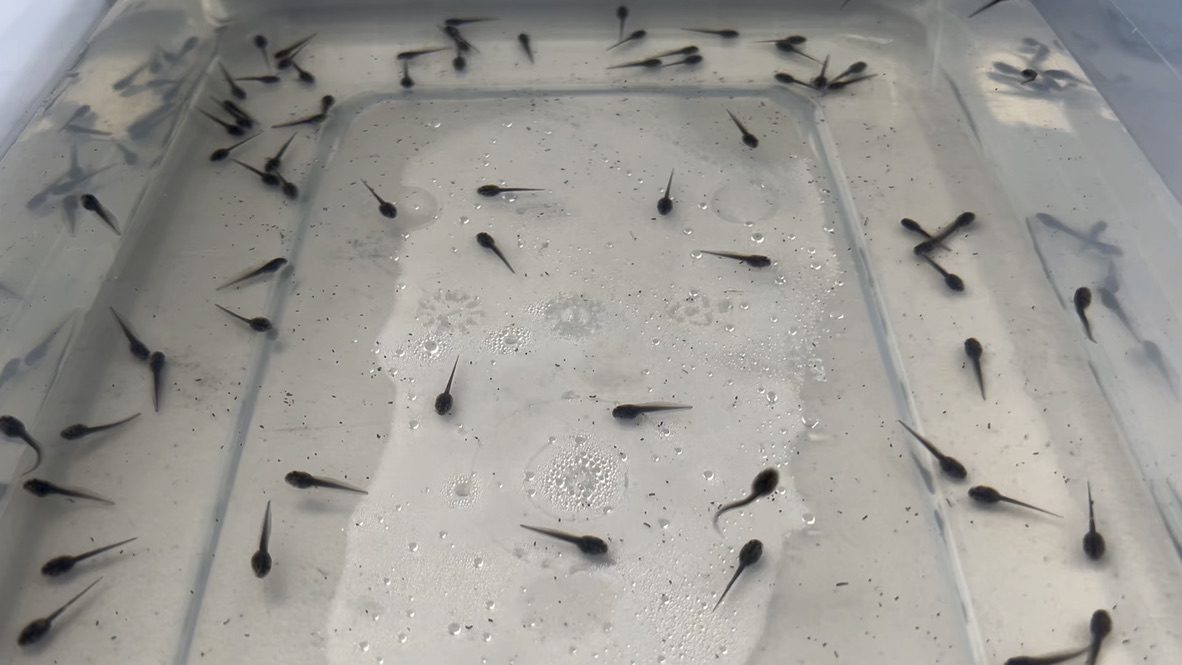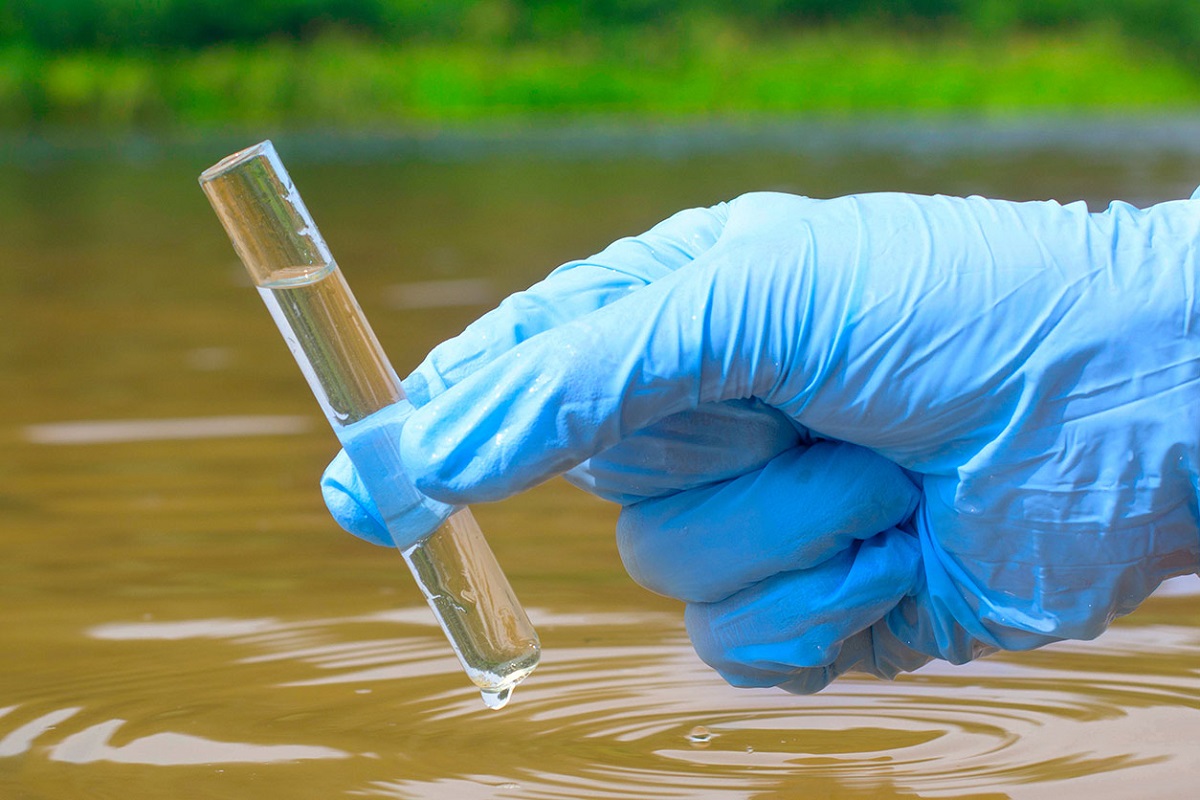
The North Carolina Aquarium at Fort Fisher and North Carolina Wildlife Resources Commission are working together to save the endangered Carolina gopher frog.
The commission staff collected 47 egg masses from Holly Shelter Game Land for this initiative, which were delivered to the aquarium team to care for until the froglets can be released back in the wild. The goal is to replenish the ponds with gopher frogs and restore their natural habitats across the state.
Supporter Spotlight
Visitors to the aquarium from 10 a.m. to noon Saturday, April 20, can learn more about the work to protect these amphibians during Community Croak for Conservation. There will be three stations for visitors to learn how to identify frog calls, share an encounter with a state-endangered Carolina gopher frog, and inspire conservation action through tracking the life cycle of a frog. Visitors will collect stamps on a passport at each station and take home a prize once they’ve completed the frog lifecycle and their passport is full.
The aquarium implemented the initiative in 2011 to help build wild populations of the endangered amphibians by giving them a head start at life. In 2023, the effort had a 91% success rate. The commission delivered 28 egg masses to the aquarium, which yielded 560 tadpoles and, ultimately, 512 frogs that were released at the same locations where the eggs were collected.
Gopher frogs require breeding ponds large enough to retain water throughout the three to five months of its tadpole stage but shallow enough to dry periodically, because the gopher frog prefers to breed in isolated, fish-free ponds.
Challenges for these species in the wild include when there is a lack of rain causing ponds to not have enough water, destruction of the ponds and significantly altered ponds deepened and stocked with fish, the aquarium said. The wetland ponds where they live and breed have declined from 53 to just 14.
“For the gopher frog, the habitat must be ideal, and with so many breeding habitats lost or destroyed, our team steps in to create the right conditions for the eggs to hatch, and we raise the tadpoles to metamorphosis before releasing them back into the same pond,” Ryan McAlarney, husbandry curator, said.
Supporter Spotlight
Through the initiative, teams have released thousands of juvenile frogs into the wild populations. However, survival is low with only an estimated 3 to 4% of these animals surviving to adulthood, according to the aquarium.







